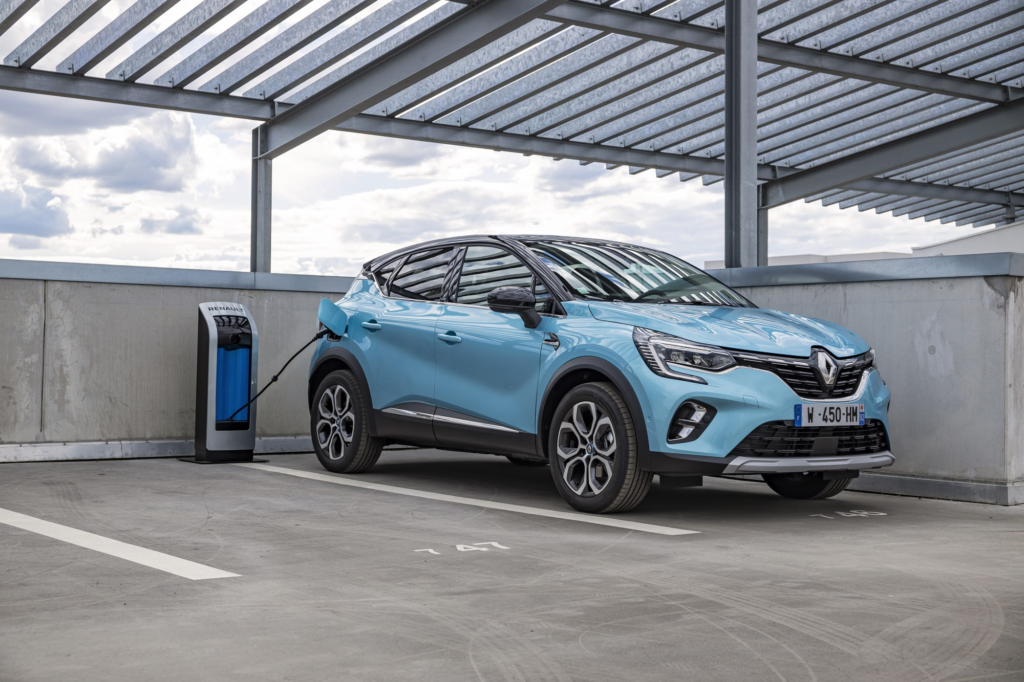As the automotive industry continues to shift towards greener alternatives, plug-in hybrids (PHEVs) and electric vehicles (EVs) have emerged as popular choices for environmentally conscious consumers.
While both aim to reduce emissions and dependence on fossil fuels, there are key distinctions between these two types of vehicles.
In this article, we will explore the Top 10 Differences Between Plug-in Hybrids and Electric Vehicles, helping you make an informed choice that aligns with your driving needs and preferences.
Electric Vehicles Powertrain Configuration:
- PHEVs: Combine an internal combustion engine (ICE) with an electric motor and a rechargeable battery. They can operate in electric-only mode, gas-only mode, or a combination of both.
- EVs: Rely solely on an electric motor powered by a large battery pack. They do not have an internal combustion engine and produce zero tailpipe emissions.
Range:
- PHEVs: Offer limited electric-only range (usually between 20 to 50 miles) before switching to the internal combustion engine.
- EVs: Provide longer electric-only range, with models ranging from around 100 miles to well over 300 miles on a single charge.
Charging:
- PHEVs: Can be charged using a standard electrical outlet or a dedicated Level 2 charging station. They also recharge through regenerative braking and while driving with the gas engine.
- EVs: Require charging from an electrical outlet or a dedicated Level 2 or Level 3 (fast) charging station to replenish the battery.
Fueling:
- PHEVs: Can be fueled at gasoline stations, providing flexibility for longer trips where electric charging may be limited.
- EVs: Rely solely on electric charging infrastructure and do not require gasoline.

Emissions:
- PHEVs: Emit fewer greenhouse gases compared to traditional internal combustion engine vehicles, but they still produce tailpipe emissions when operating in hybrid mode.
- EVs: Produce zero tailpipe emissions, making them a cleaner option for reducing air pollution and carbon footprint.
Maintenance:
- PHEVs: Require regular maintenance for both the internal combustion engine and electric components. This includes oil changes, brake checks, and battery maintenance.
- EVs: Have fewer moving parts and require less maintenance compared to PHEVs and traditional vehicles. There are no oil changes, and brake wear is reduced due to regenerative braking.
Purchase Price:
- PHEVs: Generally have a lower initial purchase price compared to EVs, making them an attractive option for budget-conscious buyers.
- EVs: Tend to have higher upfront costs due to the expensive battery technology, though prices are gradually decreasing with advancements in battery manufacturing.
Incentives:
- PHEVs: Often qualify for federal and state incentives, including tax credits and rebates, which can significantly reduce the purchase price.
- EVs: May qualify for a wider range of incentives, including federal tax credits, state rebates, and access to carpool lanes in some regions.
Availability:
- PHEVs: Have a broader market presence and are available from various automakers with different models and configurations.
- EVs: While their availability is increasing, the selection of EV models may vary depending on the region and automaker.

Driving Experience:
- PHEVs: Provide flexibility for longer trips with the internal combustion engine, while offering the option for emissions-free driving in electric mode.
- EVs: Deliver a quiet, smooth, and powerful driving experience with instant torque from the electric motor, along with the satisfaction of emissions-free driving.
Conclusion:
Understanding the differences between plug-in hybrids and electric vehicles is essential for making an informed decision that aligns with your lifestyle and preferences. Whether you prioritize range, emissions, or affordability, both PHEVs and EVs offer viable solutions for reducing environmental impact and embracing a more sustainable mode of transportation.
